In many industries, leaders measure employees’ success by productivity – i.e., how much work they output on a daily basis. But in office-type jobs, productivity may not be the best metric to track. After all, a developer could produce code 10 times faster than their peers, but what if they’re building a feature that nobody ends up using? They’re productive, but not effective.
In this piece, we’ll explain how leaders can measure and improve effectiveness by looking first at work friction. From there, we’ll explain how understanding friction and its impact on effectiveness can make it much easier to make high-stakes digital transformation decisions.
Effectiveness vs. Productivity: When to Measure Each
If you’re confident that everyone at your organization is producing the exact right outputs, then tracking productivity makes sense. Boost productivity, and you’ll grow revenue. But outside of manufacturing contexts, it’s often difficult to know whether a given employee’s “outputs” are the most effective for your big-picture organizational goals.
Take call center employees, for example. Call center leaders typically measure things like average handle time (AHT) and first call resolution (FCR). The implication is that agents who can handle calls more quickly – i.e., the ones who are most productive – are doing the best work.
But what if there’s a more effective way to handle customer questions? Banks figured this out years ago with the introduction of online self-service portals. Today, it’s rare for a banking customer to have to call a human agent at all – most everyday transactions can be handled online.
To close the loop: even the most productive agent in the world couldn’t help customers as quickly – or as effectively – as customers can help themselves via an online portal. This example seems obvious in hindsight, but it’s less clear how other industries might enjoy similar gains in effectiveness via digital transformation. Could every call center benefit from a customer service portal? Probably not.
The best way to get clarity on how to make a team more effective at any given organization is to look at work friction data.
How to Measure Effectiveness via Work Friction Data
Let’s return to that call center. You’re looking to improve the effectiveness of your agents. To do that, you can measure work friction. This starts by asking agents about their daily tasks: where do things flow well? Where do things tend to get blocked?
Work friction can come from any person, process, or technology that prevents workers from doing their jobs.
Maybe, for example, you work for a telecommunications company and your agents are often troubleshooting customers’ internet setups. Your workers say that their biggest challenge is that customers don’t know what things are called, so they can’t accurately describe their problems and agents can’t be confident that customers are troubleshooting correctly.
In that scenario, one solution might be a video call function that lets agents see what customers see instantly, mark up the screen, and verify that customers are troubleshooting correctly. This would let them be more judicious about sending repair crews, which could save your organization the cost of excess truck rolls.
Or maybe you work for a retail giant and your technology systems are top-of-the-line, but you still have high turnover on your call center team. When you talk to agents, you discover that many are frustrated that their managers aren’t equipped to discuss internal career paths with them – they joined your organization with the hopes of rising through the ranks.

When they realize you have no formal path for career advancement, agents become discouraged and seek that trajectory elsewhere.
In that case, the digital transformation that would let your agents be more effective might be a formalized policy for discussing career goals with a manager and training for different paths within the organization. This, after all, would improve retention, which would mean fewer rookie agents at any given time.
Remove Work Friction, Boost Effectiveness
The key difference between productivity and effectiveness is that productivity measures output but not whether that output is the right output to achieve larger organizational goals. Effectiveness is a bigger-picture measure.
Another way to think about it: productivity focuses on how individuals are performing, while effectiveness considers the environment they’re working in.
Let’s return to the telecoms call center agent who’s struggling to communicate with customers about their Wi-Fi setup. After the introduction of video call features, calls are resolved more quickly and more accurately, which makes customers happier (faster resolutions, shorter wait times, better outcomes).
In facilitating customer resolutions, the technology reduces agent stress and prevents burnout and turnover. The new call format reduces the number of technicians your organization has to send out, which saves money and time and lightens the workload of your current techs, which, again, prevents burnout and turnover.
These benefits mean your organization as a whole has to spend less on recruitment and training, which means you have more money to make other improvements.
Similarly, the retail agents who now have regular career conversations stay with your organization longer. They move through it internally, which reduces recruitment and training costs while also bringing valuable internal perspectives to different departments. You earn a reputation of investing in your people and promoting from within, which makes it easier to recruit people for entry-level roles. Again, the organization as a whole benefit.
To Be Effective, Employees Need Supportive Environments
The model of employee experience that held sway a few years ago focused almost entirely on the employee: what can we do to make this person happier and more engaged so they can be more productive?
There’s some value there, of course, but focusing on people without also looking at their environment can lead to investing in the wrong things.

By zooming out to consider effectiveness – not only whether the employee is producing at the top of their capacity but also that you have structured their work (including the technology, processes, and people involved in that work) to deliver as much value as possible to your organization as a whole – you can create a much stronger, more resilient organization.
Curious about how to measure the work friction preventing your employees from being effective? Get in touch. We’d love to help you assess.
.svg)
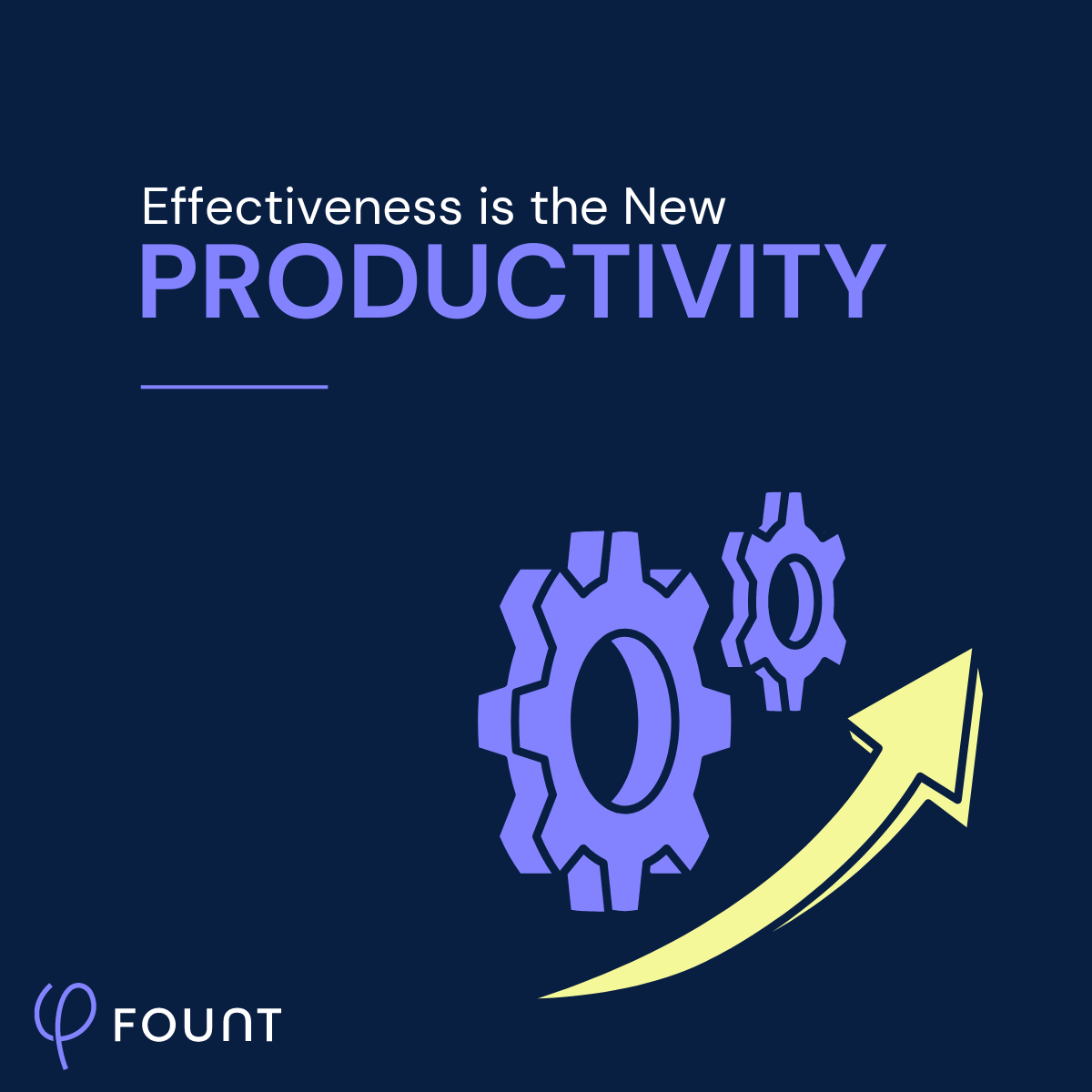
.webp)

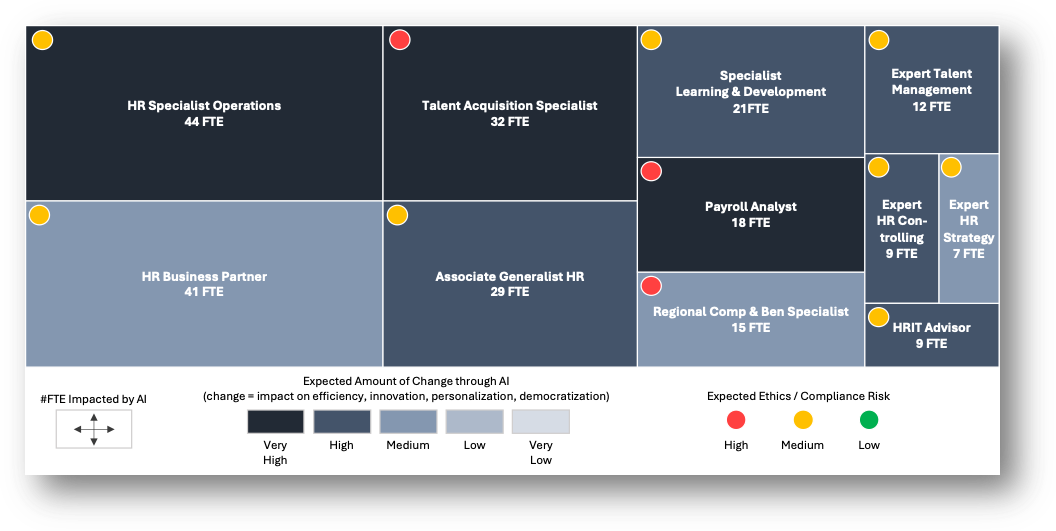
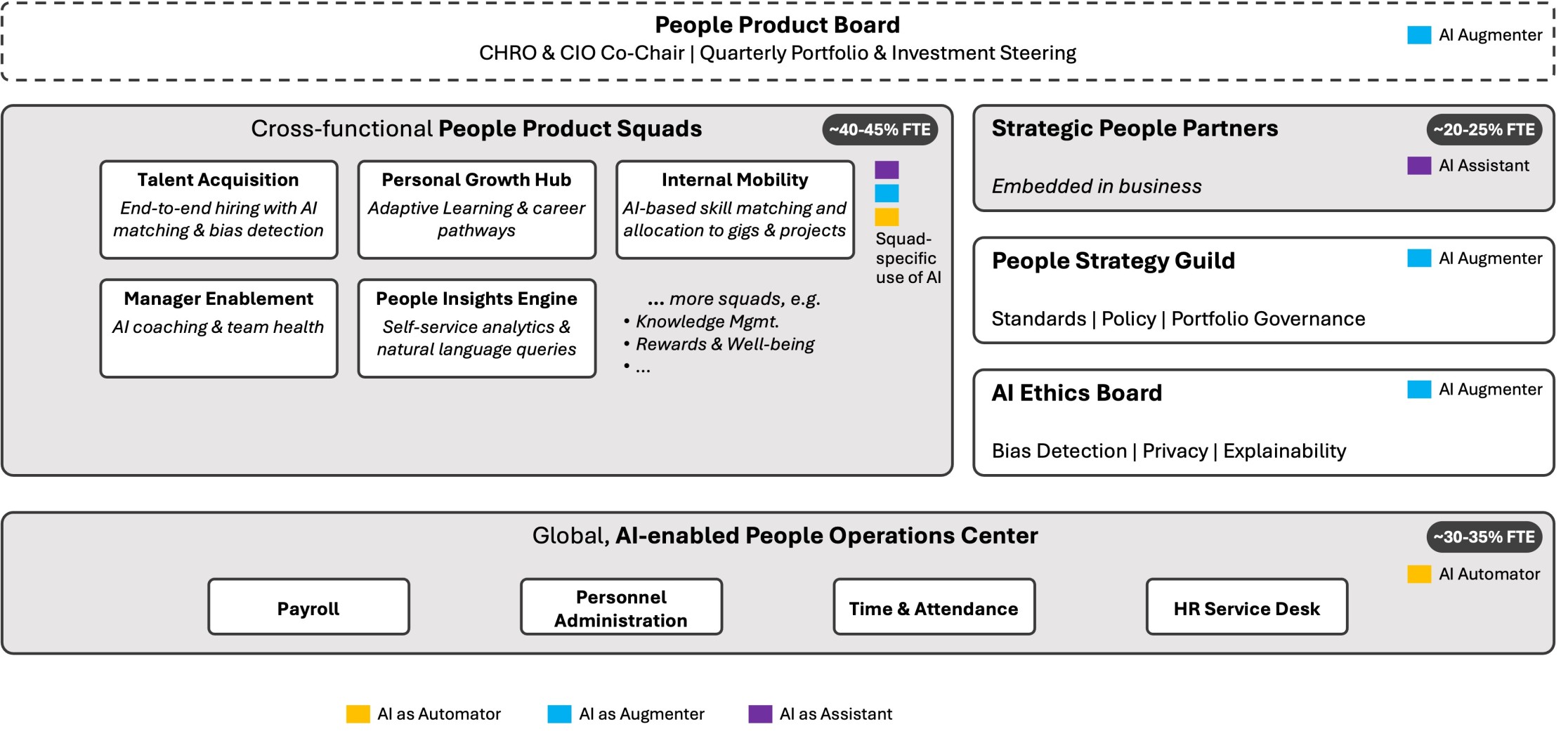

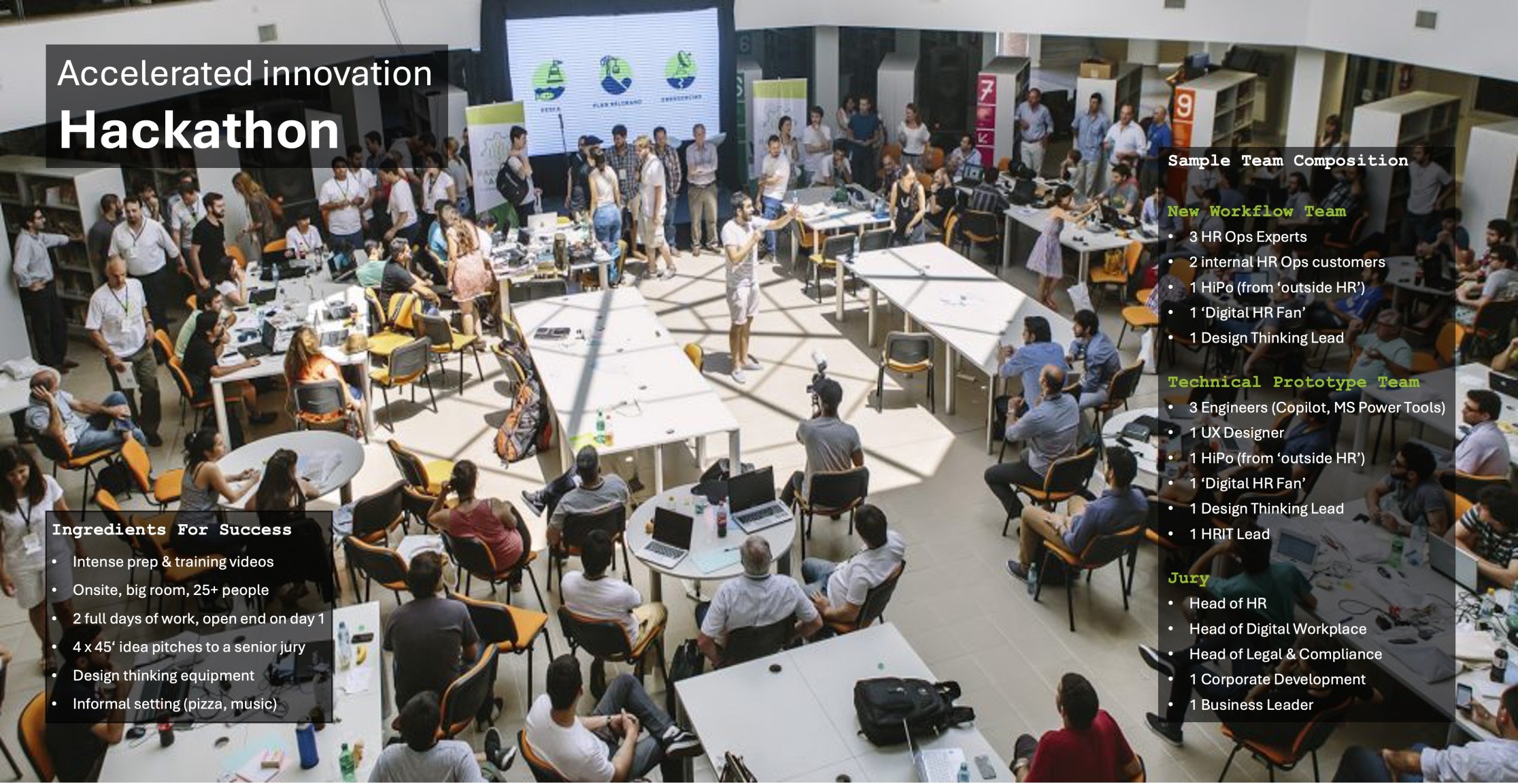
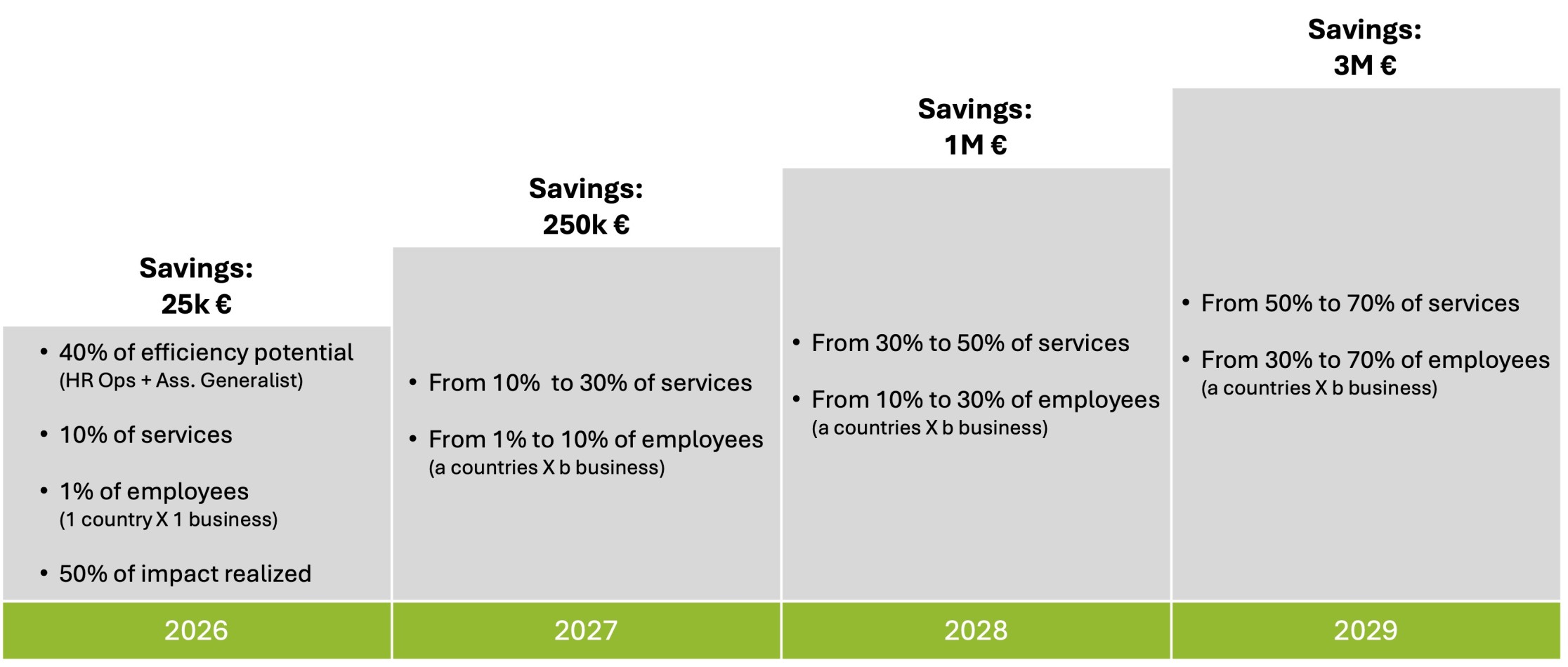

.png)

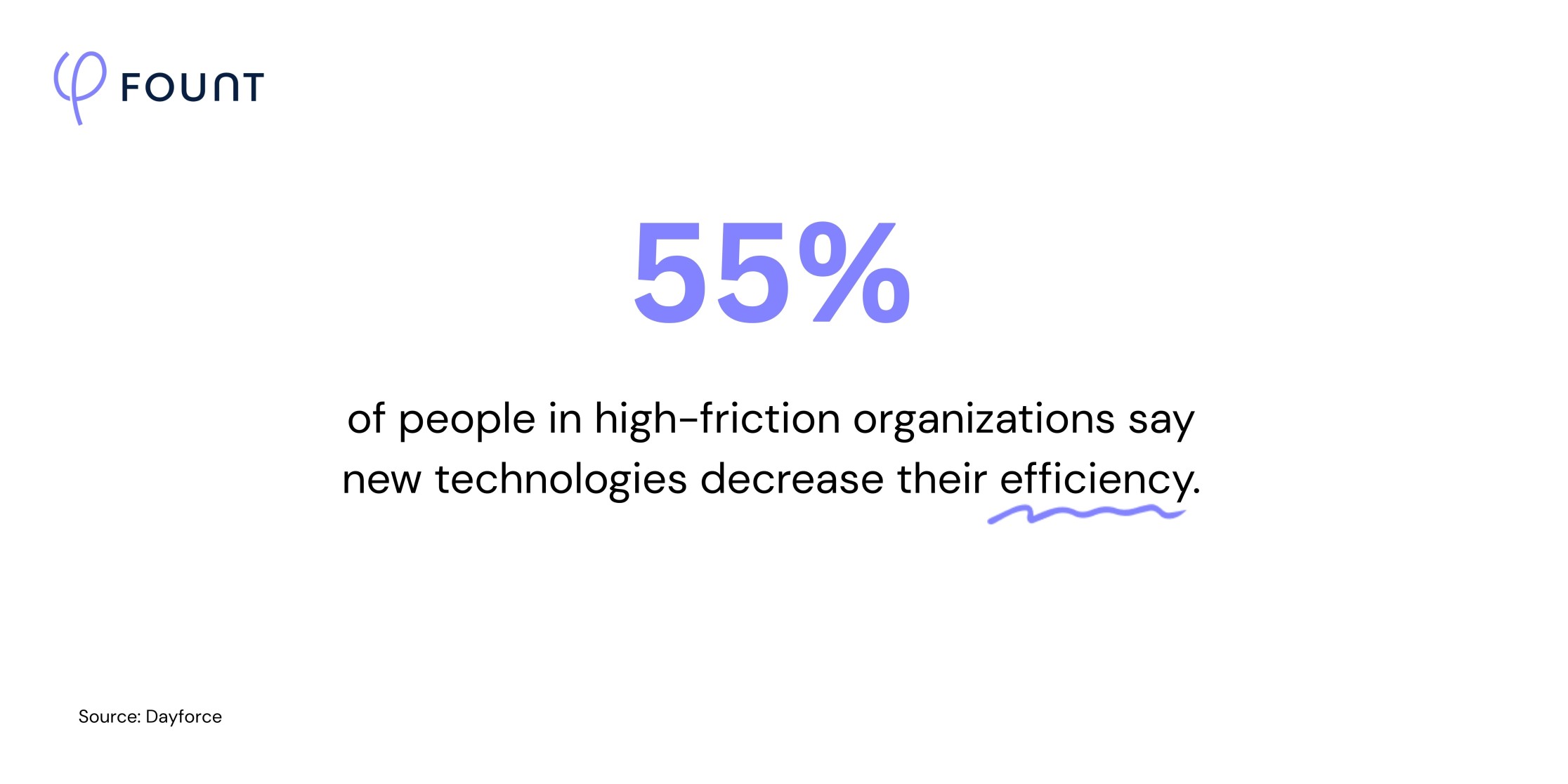

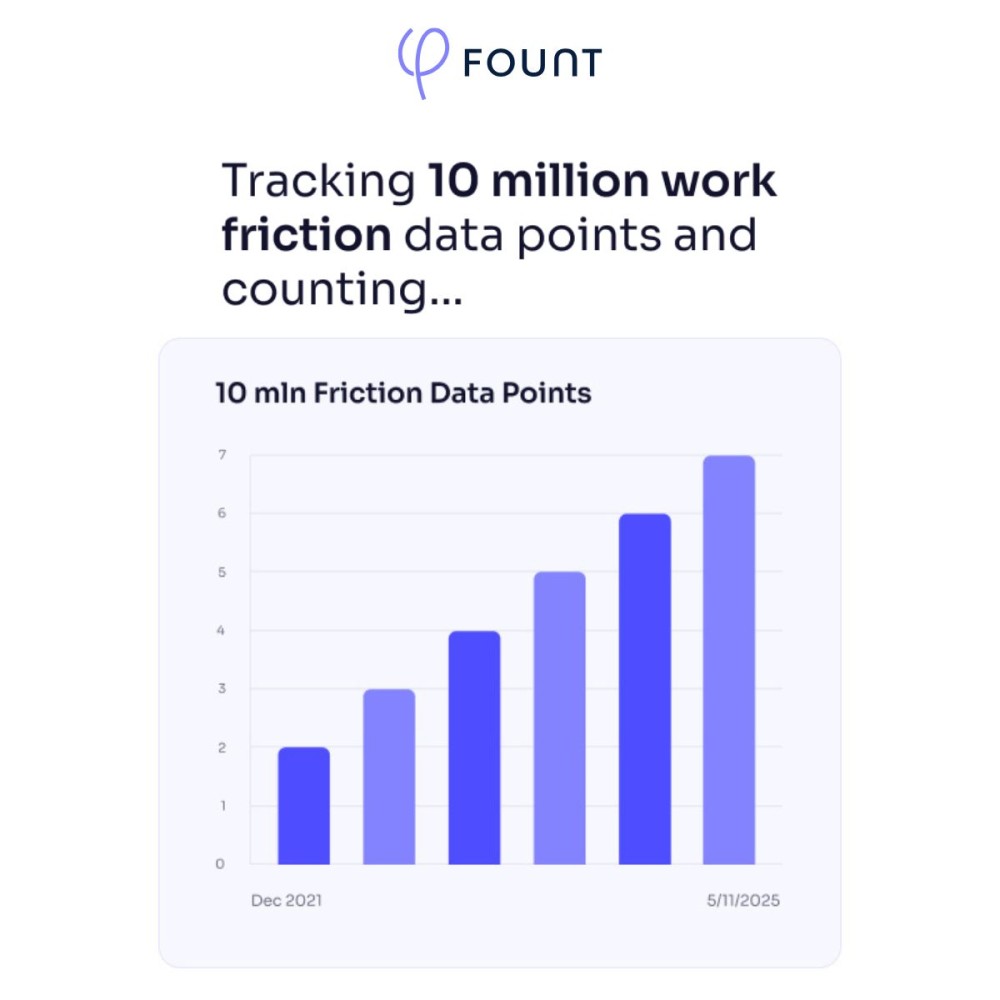
.svg)
.svg)